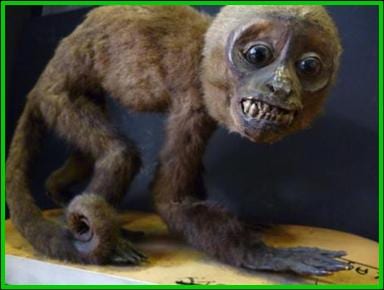Specimen of the Week: Week 132
By Emma-Louise Nicholls, on 21 April 2014
 For those of you who didn’t have a chance to read last week’s Specimen of the Week, or for those of you who did but still can’t quite believe it- this is my penultimate blog in this series. DON’T PANIC- Specimen of the Week shall be continuing, but as of the 5th May it will be written by the other lovely members of Team Grant. As you can all appreciate, Specimen of the Week is probably the most important part of my, or any of our, jobs here at the Grant Museum, and so I do not move on from it lightly. I am in fact moving up the ladder and on to another museum. So enjoy and savour the penultimate Emma-authored Specimen of the Week.
For those of you who didn’t have a chance to read last week’s Specimen of the Week, or for those of you who did but still can’t quite believe it- this is my penultimate blog in this series. DON’T PANIC- Specimen of the Week shall be continuing, but as of the 5th May it will be written by the other lovely members of Team Grant. As you can all appreciate, Specimen of the Week is probably the most important part of my, or any of our, jobs here at the Grant Museum, and so I do not move on from it lightly. I am in fact moving up the ladder and on to another museum. So enjoy and savour the penultimate Emma-authored Specimen of the Week.
Uh hum (wipes tear) this week’s Specimen of the Week is…
**The Egyptian Mongoose**
1) This animal is a mammal. I know you know, but some people (when viewing it from a distance) apparently often mistake it for a reptile. In their defense, the Egyptian mongoose does itself no favours in the appearing-like-a-mammal department as is runs with a gliding gait, way more typical of reptiles. The fur is greyish in colour, the coat is shaggy and the head is held low, like they’re constantly in trouble with their parents.
2) Egyptian mongoose men and woman are lucky old souls as mating takes place all year round. In the Middle East, there is an increase in births during the Spring, but elsewhere in its range, the Egyptian mongoose does as it pleases, when it pleases. Most females will have either two or four offspring per litter, that tend to stay with the family as a unit. The Egyptian mongoose is sociable and if not in a family, then it will live in a pair.
3) The Egypatian mongoose is primarily carnivorous and has a very enviable diet. It will use its heightened sense of smell to hunt for small birds and mammals, as well as snakes, amphibians, insects, fish and crabs. It will supplement its diet on occasion eggs and fruit, plus the odd dead carcass (a little less enviable). In Rudyard Kipling’s The Jungle Books (the Disney version dropped the S and concentrated on a single story), a mongoose called Rikki-Tikki-Tavi was kept by an Indian family to keep away venomous snakes. Mongooses do indeed have the ability to hunt venomous snakes as they have evolved a low sensitivity to the venom.
4) Though called the Egyptian mongoose, this species is found throughout much of sub-Saharan Africa. Wisely, given the lack of stability in the area, the mongoose is not found in the Congo Basin. Though it is probably not for political reasons. Human intervention has also seen the Egyptian mongoose introduced to both Spain and Portugal.
5) Active both day and night, the Egyptian mongoose lives in areas with good amounts of shade comprising dense vegetation, as well as a plentiful water supply. Not one to shy away from an opportunity, the Egyptian mongoose can dig its own burrow, but prefers to either adopt someone else’s, or find a good rock crevice or thicket of vegetation to live in. When excited or threatened, the Egyptian mongoose will arch its back and raise its fur like a cartoon cat. They also have a meerkat-like penchant for standing on their hindlegs to get a good look around.
Emma-Louise Nicholls is currently still the Curatorial Assistant at the Grant Museum of Zoology
 Close
Close




